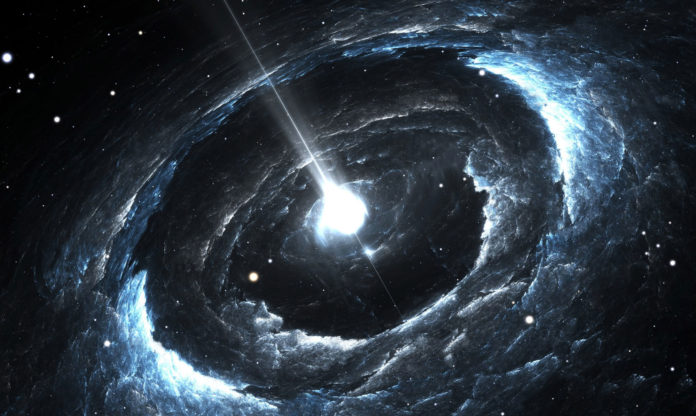The atomic nucleus is the small, dense region consisting of protons and neutrons at the center of an atom. Protons and neutrons are bound together to form a nucleus by the nuclear force. But precisely what keeps them bound within the nucleus and even where they are within the nucleus remains a key puzzles for nuclear scientists.
In an effort ti figure out the answers, scientists at Washington University in St. Louis and Lawrence Livermore National Laboratory (LLNL) in California- leveraged data to determine how nucleons (neutrons and protons) arrange themselves in the nucleus.
They found that for several cornerstone nuclei, a tiny fraction of the protons and neutrons possess most of the overall energy that keeps them bound in nuclei, generally 50% more than expected from standard theoretical treatments.
The study also made new predictions for the “neutron skin” — a region where extra neutrons pile up — of several neutron-rich nuclei. Thus, these predictions are firmly associated with how enormous neutron stars grow and what elements are likely synthesized in neutron star mergers.
The quantitatively demonstrates how asymmetry, charge, and shell impacts add to neutron skin generation and drive a disproportionate share of the total binding energy to the deepest nucleons.
Cole Pruitt, presently a postdoctoral fellow at LLNL, who earned his Ph.D. at Washington University in 2019, said, “A comprehensive model should not only reproduce integrated quantities (like the charge radius or total binding energy) but also specify how nucleons share momentum and energy, all while being realistic about the model uncertainty of its predictions.”
Jorge Piekarewicz, professor of physics at Florida State University, said, “The work reported by Pruitt and collaborators provides a powerful bridge between nuclear physics and astrophysics in the new era multi-messenger astronomy. The measurement of the neutron skin of several nuclei reported in the letter (Physical Review Letters) could provide stringent constraints on the equation of state of neutron-rich matter, which is a critical ingredient for understanding neutron stars.”
Journal References:
- C. D. Pruitt et al. Systematic Matter and Binding-Energy Distributions from a Dispersive Optical Model Analysis. DOI: 10.1103/PhysRevLett.125.102501
- C. D. Pruitt et al. Isotopically resolved neutron total cross sections at intermediate energies. DOI: 10.1103/PhysRevC.102.034601
